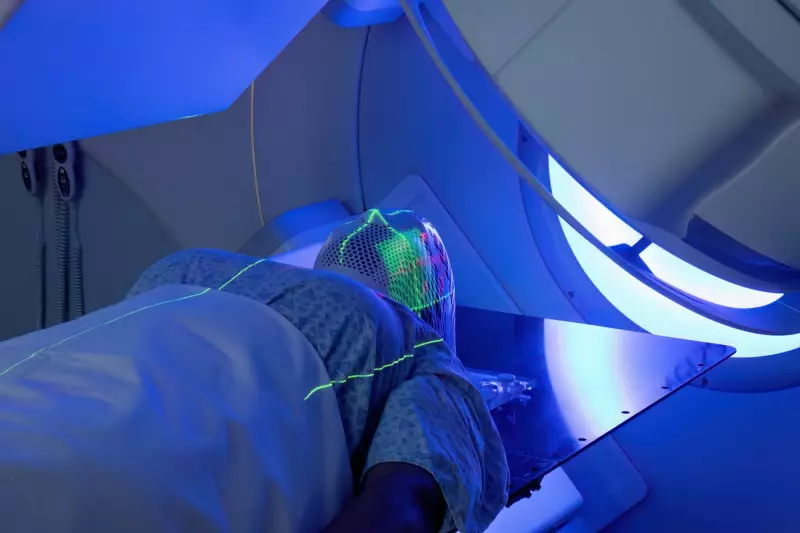
In a revolutionary development that could transform cancer care, scientists have unveiled a groundbreaking light-activated treatment that precisely targets cancerous cells while leaving healthy tissue unharmed.
The End of Chemotherapy's Reign?
This innovative approach, developed through cutting-edge research, uses specific wavelengths of light to activate anti-cancer compounds directly within tumours. Unlike traditional chemotherapy, which attacks both healthy and cancerous cells throughout the body, this method offers unprecedented precision.
How the Light Treatment Works
The technology operates through a sophisticated two-step process. First, patients receive a specialised compound that remains inactive until exposed to particular light wavelengths. Medical professionals then direct focused light beams precisely at tumour sites, activating the treatment exactly where needed.
This targeted approach represents a significant advancement over conventional methods, potentially eliminating the devastating side effects that make chemotherapy so challenging for patients.
Research Breakthrough and Future Applications
Early laboratory results have demonstrated remarkable success in destroying cancer cells while preserving surrounding healthy tissue. The treatment shows particular promise for cancers accessible to light delivery, including certain skin, throat, and gastrointestinal cancers.
Professor Malgorzata K. Wlodarczyk, one of the lead researchers, emphasised the potential impact: "We're essentially creating a smart bomb for cancer cells - it only becomes active when and where we want it to."
What This Means for Patients
- Reduced side effects compared to chemotherapy
- Shorter recovery times
- Potential for outpatient treatment
- More precise tumour targeting
- Improved quality of life during treatment
While the treatment remains in research phases, the scientific community has expressed considerable excitement about its potential to revolutionise oncology practice within the coming decade.
The Road Ahead
Researchers are now focusing on refining the light delivery systems and expanding the treatment's applications to deeper-seated cancers. Clinical trials are expected to begin within the next two years, bringing this promising technology closer to helping patients worldwide.
This development represents hope for millions affected by cancer, potentially ushering in a new era of more effective, less invasive cancer treatments that preserve patients' quality of life while fighting disease.





